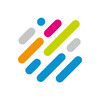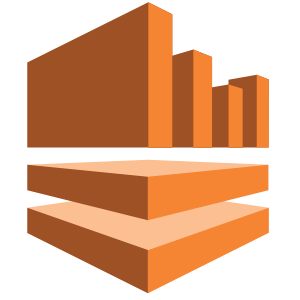Compare - Google Cloud Dataflow VS Lightdash
Here’s the difference between Google Cloud Dataflow and Lightdash. The comparison is based on pricing, deployment, business model, and other important factors.
About Google Cloud Dataflow
Google Cloud Dataflow is a cloud-based data processing service for both batch and real-time data streaming applications. It enables developers to set up processing pipelines for integrating, preparing and analyzing large data sets, such as those found in Web analytics or big data analytics applications. The Cloud Dataflow software expands on earlier Google parallel processing projects, including MapReduce, which originated at the company. Cloud Dataflow is designed to bring to entire analytics pipelines the style of fast parallel execution that MapReduce brought to a single type of computational sort for batch processing jobs.
About Lightdash
Lightdash removes the gap between your data transformation layer and your data visualization layer. It enables data analysts and engineers to control all of their business intelligence (data transformations/business logic as well as data visualization) in a single place. Lightdash integrates with your dbt project and gives a framework for defining metrics and specifying joins between models all within your existing dbt YAML files. The data output from your dbt project is then available for exploring and sharing in Lightdash.
Comparison Table
| Overview | ||
|---|---|---|
| Categories | Data Streaming | Metrics Store, Business Intelligence (BI) |
| Stage | Late Stage | Early Stage |
| Target Segment | Enterprise, Mid size | Mid size, SMBs |
| Deployment | SaaS | Open source |
| Business Model | Commercial | Open Source |
| Pricing | Freemium | Freemium |
| Location | US | UK |
| Companies using it | ||
| Contact info |
Add to compare


